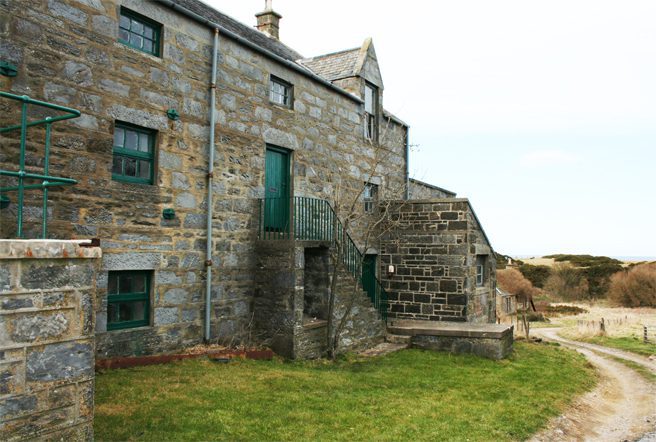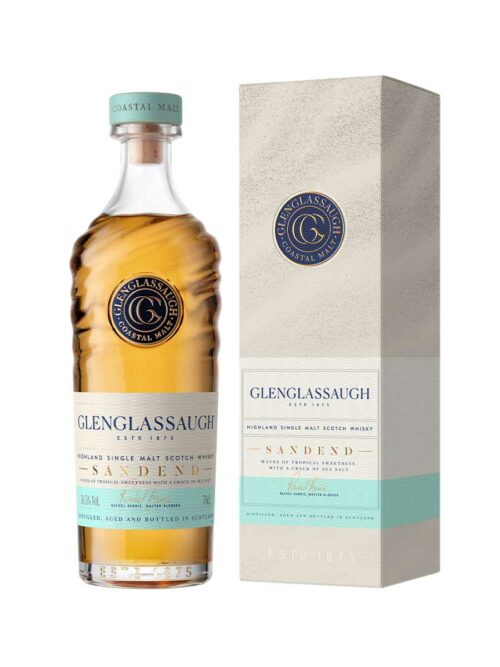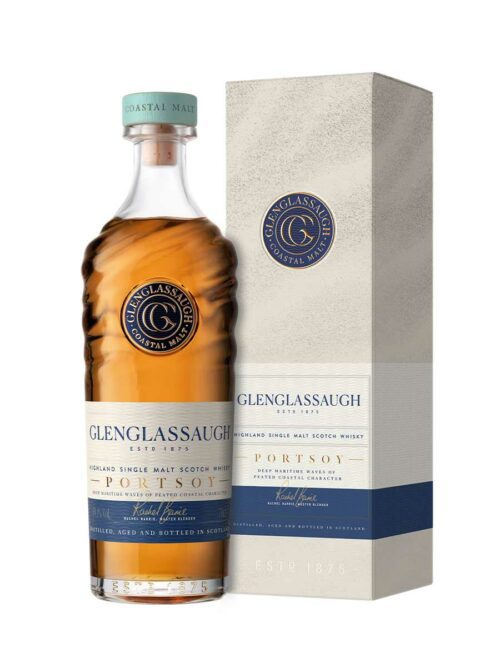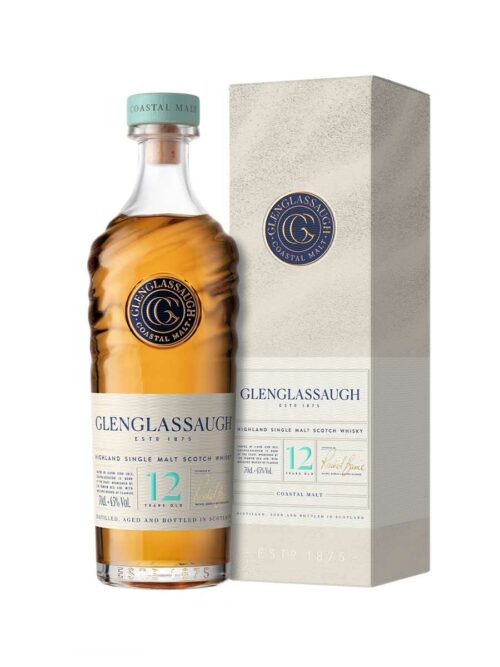History of Glenglassaugh Distillery
Founded in 1873 at Portsoy in the Highlands by local businessman James Moir, the earlier years of Glenglassaugh distillery’s existence gave no indication of the turmoil that would take up much of its history. The distillery ran uneventfully for several decades after its foundation. It was bought by the Highland Distilleries Company in 1892, who would go on to own it for more than a century, but not because of its success.
The 20th century was not kind to Glenglassaugh. Many distilleries in Scotland were forced to shutter for at least some amount of time due to shortages imposed by two world wars, or the effects of prohibition in the US. But Glenglassaugh would end of spending more of the century closed than open. It first closed in 1908 due to a drop in demand for whisky. Except for a brief period in the 1930s between wars it would stay shuttered until 1960. Some of the buildings in the distillery were used by the military during WWII, but they had other concerns at the time than producing whisky.
By the 60s Highland Distilleries had decided to bring Glenlassaugh back to life in response to an uptick in the market. Before this, extensive reconstruction work took place starting in 1957. Entirely new facilities for mashing, fermentation, and distillation were built at this time.
The distillery resumed production in 1960, but Highland were still only using it to produce whisky for blends at this time. The complex character that is enjoyed in its single malts proved awkward for blenders to use, and in 1986 Glenlassaugh was mothballed again. Another long period of inaction followed before it was revived by the Scaent Group in 2008. They ran it for five years before it was purchased by the BenRiach Distillery Co in 2013. It now falls under the umbrella of Brown-Forman who bought BenRiach in 2013. A three year old released in 2008 was the first bottling to come from the new spirits made. But despite long gaps in its history older bottlings have also been released from the time when it was first active.
The distillery still has a traditional cast-iron rake and plough mash tun with a capacity of 5.2 tons. It is also equipped with six washbacks, four wooden and two stainless steel, and a single set of stills. The production capacity at Glenglassaugh is 1.1 million litres of spirits a year, roughly 5 percent of which is peated spirits.
The core range at Glenglassaugh consists of the Revival, first released in 2012 with a complex maturation process, the Evolution, aged in first fill whisky casks, and the peated Torfa. The Revival was matured in a mixture of ex-Red Wine and fresh Bourbon casks. It was then vatted before being given an Oloroso Sherry finish. This gives it layers complexity where the characteristic fruit and sweetness are joined by oak and sherry spices on the palate and in the medium finish.
Those are joined by a trio of age statement bottlings: the 30 year old, 40 year old, and the Cask Strength 51 year old. There are also a number of Limited Releases such as the Peated Virgin Oak and Peated Portwood Finish, and the intensely fruity Pedro Ximeniz Sherry Wood Finish.







